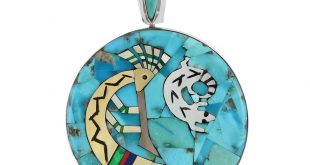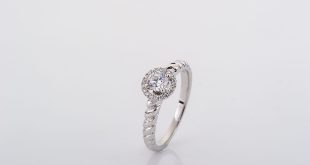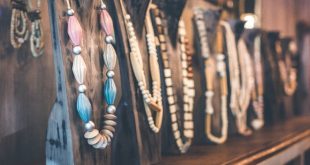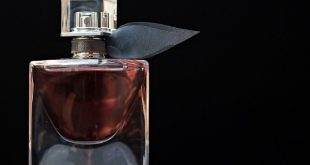Diamonds might be a girl’s best friend, but a strand of pearls is definitely the elegant companion she deserves. Throughout history, pearls have adorned the necks of women from all around the globe – starting from the ever-fascinating Queen of the Nile to Elizabeth Taylor, the Queen of the screen, pearls are accessories that only add to your natural beauty. And what’s a strand of shimmering pearls without an elegant evening gown? In today’s article, we are going to showcase some least known facts about these beauties.
Of Pearls, History, and Their Intricate Symbolism
1. Cleopatra Was Very Fond of Pearls
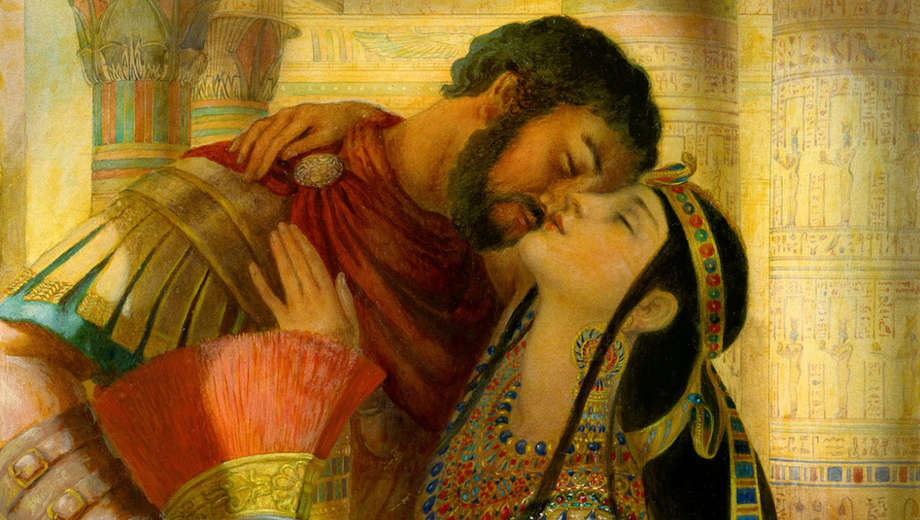
Image Source: Factinate
Cleopatra, perhaps one of the most iconic figures of Ancient Egypt, was known to be quite an admirer of pearls. Legend has it that Cleopatra used one of her exquisite pearl earrings to win a bet with Marc Anthony. As you probably know, the Queen of the Nile had a thing for flamboyant festivities. In wanting to prove to the Roman Empire that Egypt hosts the most expensive banquets, Cleopatra took down one of pearl earrings, removed the jewel and crushed it into a fine powder. She then sprinkled the peals powder over her wine goblet and drank from it.
Of course, Mark Anthony was so impressed by the Queen’s gesture that he had to concede that there’s nothing more luxurious than Cleopatra’s banquets.
2. There are many types of pearls
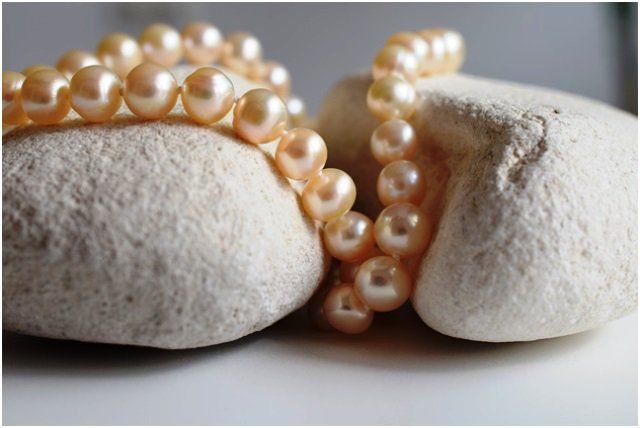
Image source: Pixabay
Contrary to popular belief, mollusks are not the only source of natural pearls. In fact, there are at least nine types of pearls, the rarest of them being black pearls. They’re not only scarce but also laden with myths. Known since Ancient China, these obsidian-black pearls were thought to have been leaven in the heads of dragons.
Other types of pearls include cultured (processed is induce by man), baroque (with highly irregular shapes), Biwa (peals that only grow in Japan’s Biwa Lake), blister (they’re attached to the shell), freshwater, Mabe (the so-called cultivate pearls), and seed (tiny pearls typically associated with Victorian Era fashion).
3. The Most Famous Pearl in the World
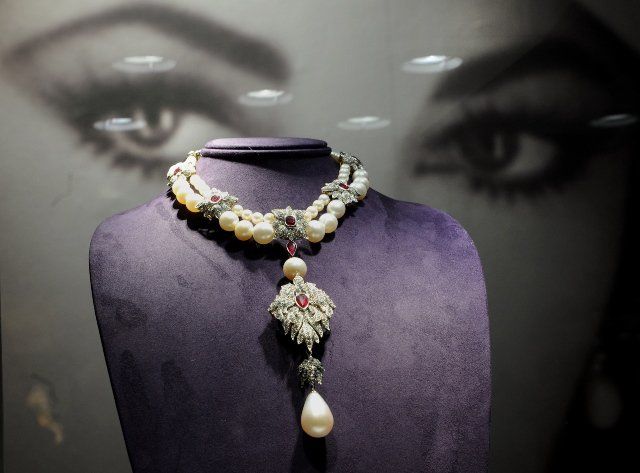
Image Source: Celebrity Net Worth
Did you know that La Peregrina, aka the world’s most famous peals, is the size of a pigeon’s egg? In Spanish, the jewel’s name means “the wanderer” – a most appropriate name considering that this has adorned the necks of European kings and queens ever since its discovery in 1513. To this day, La Peregrina is the largest symmetrical peal ever discovered. The jewel, which was once worn by Elizabeth Taylor, weighs 203.84 grains. However, later measurements have determined that it used to weigh 223.8 grains before being drilled.
4. The World’s Oldest Pearl
The first peas known to humankind has been discovered in a Persian sarcophagus. Named the Umm al Quwain, this exquisite piece dates back to 5500 B.C. The pearl measure 0.07 inches in diameter and, interestingly enough, it was undamaged when the sarcophagus was opened.
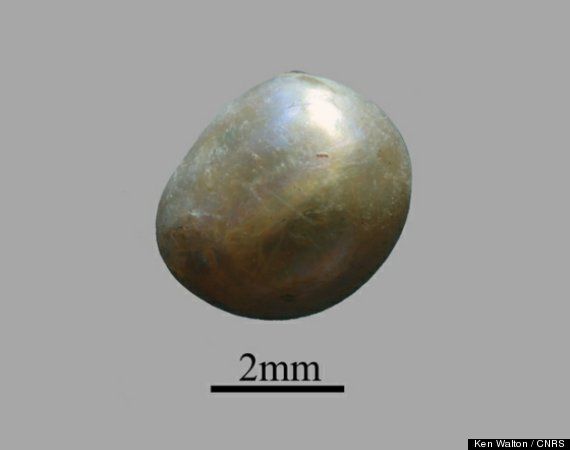
Image Source: HuffingtonPost
5. Natural Pearls Don’t Grow over the night
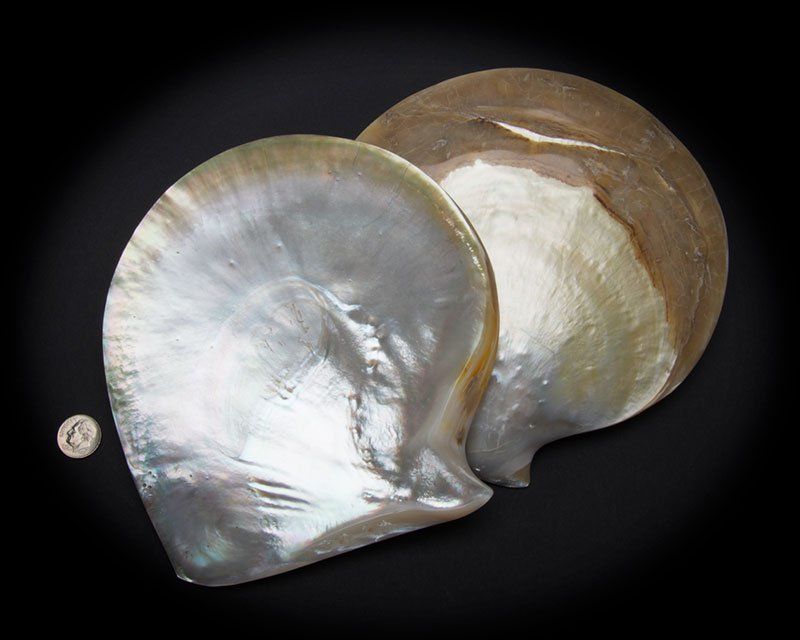
Image Source: TradeRoots
A natural peal can take anywhere from six to twenty-four months to develop. The process can take even longer, depending on the water and, of course, the mollusk.
6. First cultivated pearls
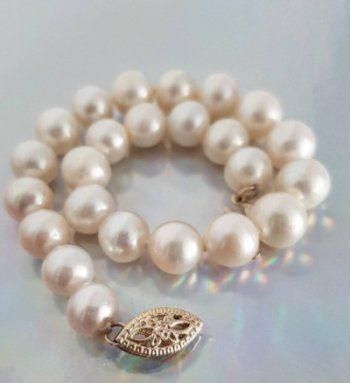
Image Source: PearlsOnly
By the end of the 19th century, the demand for pearls was so high that harvesters couldn’t keep it up. This situation was resolved circa 1900, when Tasuhei Mise, Tokichi Nishikawa, and Kicichi Mikimoto, managed to cultivate the first pearl harvest. The process took over two decades to perfect, but all their hard work eventually paid off. Today, over 90 percent of all pearls available on the market come from farms.
7. The scarcity of natural pearls
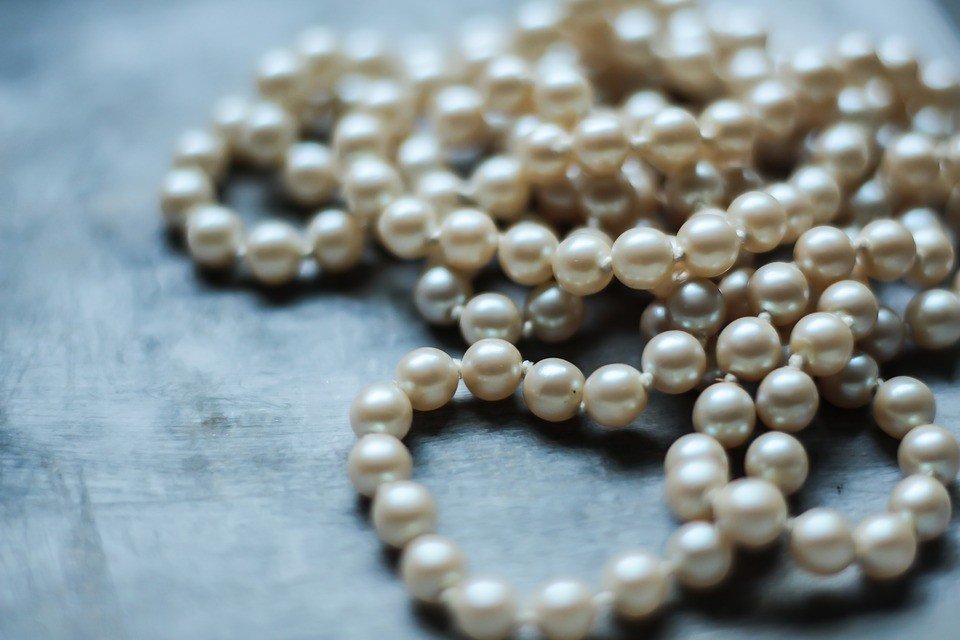
Image Source: Pixabay
We’ve all heard about how rare natural pearls are. Well, even though man can intervene in the creation of a pearl, only one in 10,000 oysters can produce a pearl during its lifetime. This is the reason why all-natural pearls are so expensive and hard to find.
8. Peals can be used as make-up
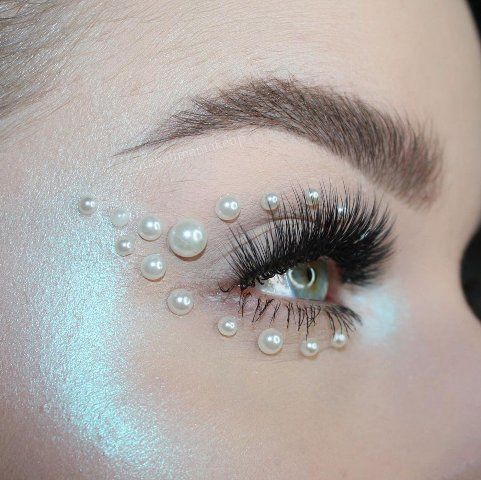
Image Source: PogSugar
During the Victorian Era, pearls were very sought after by the nobility. They were so popular that some ladies used to bash low-grade pearls and the powder as make-up.
9. Many ways to test if pearls are authentic or not
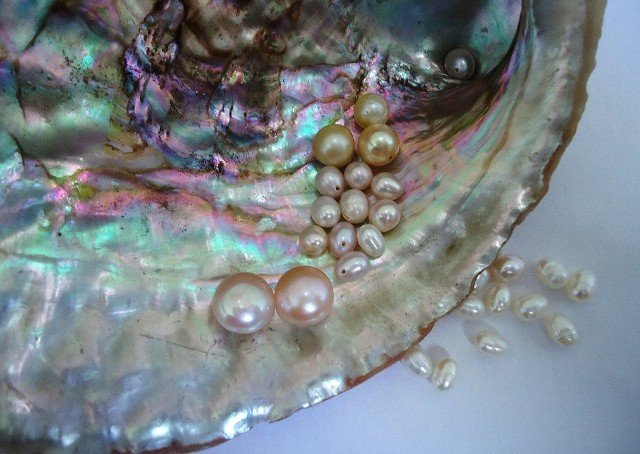
Image Source: Flickr
The technological uproar made artificial pearls so perfect that even a connoisseur sometimes has trouble telling them apart. Fortunately, there are ways to test this, this most popular method being the one involving rubbing the pearls against your teeth. If the surface feels gritty and uneven, then the pearl is authentic.
10. Meaning of pearls
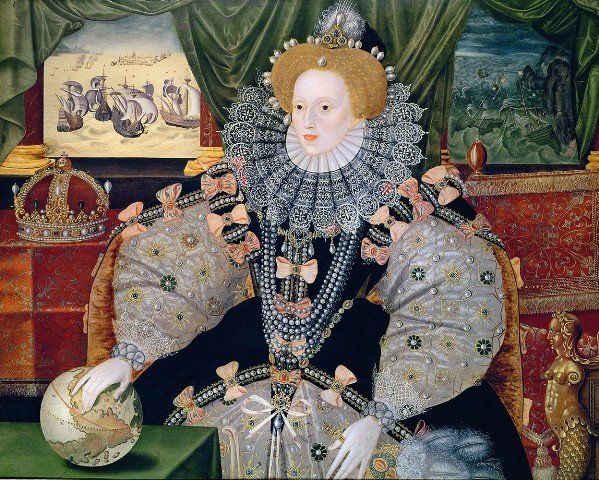
Image Source: Wikipedia
Over the centuries, people associated pearls with all kinds of things. For example, in Antiquity, pearls were thoughts to symbolize friendship, fertility, and loyalty. On the other hand, throughout the Victorian Era, peals were associated with death and memory, being worn by a person in mourning.
Conclusion
As you can see, pearls have quite a unique history. More than that, they’re so intimately related to how humanity perceived beauty, that their symbolism changed many times than one could count – friendship, loyalty, death, memory, and elegance.
 World inside pictures Collect and share the best ideas that make our life easier
World inside pictures Collect and share the best ideas that make our life easier



